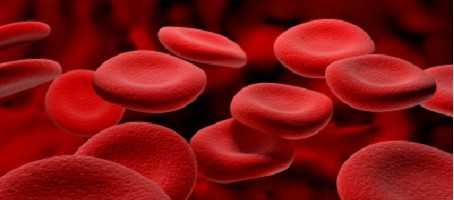
July 19, 2021
Overview
Capillary blood ketone testing aims to detect the presence of ketones in the blood. This helps to diagnose and prevent diabetic ketoacidosis (DKA) and starvation ketosis. We are changing our practice to ensure that all patient who have a potential diagnosis of DKA or starvation ketosis will be identified.
Alignment to Western Health Best Care Framework
Right care-
This change in practice will ensure appropriate and effective care is provided for all patients and that all patients with the potential diagnosis of ketosis are recognised.
Safe care-
This change in practice ensures we are mitigating risk by identifying all patient’s with ketosis to enable timely treatment.
Why is this important?
DKA is a serious complication of diabetes that most commonly occurs in patients with type 1 diabetes during periods of insulin insufficiency. Patients with type 2 diabetes can also develop diabetic ketoacidosis. Patients with Type 2 diabetes who take sodium glucose cotransporter inhibitor are especially susceptible to ketosis and rarely diabetic ketoacidosis when unwell or fasting.
Occasionally ketosis can occur in starvation and in situations of excessive alcohol consumption. Starvation ketosis results from inadequate carbohydrate availability resulting in physiologically appropriate breakdown of fats resulting in ketone production in an effort to provide fuel substrates.
What does this look like in practice?
Where a clinically appropriate initial BSL is performed, a concurrent capillary blood ketones test must also be conducted.
For all subsequent BSL’s equal to or more than 13.0mmol/L a capillary blood ketone test is required.
All Ketones >0.6mg/dL will require a VBG to determine patients pH and escalation to treating MO; if the patient has not yet been seen by MO then will be escalated to appropriate senior MO (consultant during hours, senior registrar of an evening) as well as the NIC.
Performance
- Spot audits of patient charts to determine the compliance of new practice with education to provided when required.
- Riskman’s for missed DKA and diabetic ketoacidosis diagnosis
Policies, Procedures and Guidelines
External Links
OzEMedicine- Wiki for Australian Emergency Medicine Doctors: Mx of the Diabetic Patient in ED
http://www.ozemedicine.com/wiki/doku.php?id=dm_mx&s[]=ketones
OzEMedicine- Wiki for Australian Emergency Medicine Doctors: DDx of hyperglycaemia
http://www.ozemedicine.com/wiki/doku.php?id=hyperglycaemia&s[]=diabetes
UpToDate: Hypoglycemia in adults with diabetes mellitus. December 2019
https://www.uptodate.com/contents/hypoglycemia-in-adults-with-diabetes-mellitus?search=hypoglycemia-&source=search_result&selectedTitle=3~150&usage_type=default&display_rank=3
Fayfman M et al. Management of Hyperglycemic Crises: Diabetic Ketoacidosis and Hyperglycemic Hyperosmolar State. Med Clin North Am. 2017 May;101(3):587-606.
https://www.ncbi.nlm.nih.gov/pmc/articles/PMC6535398/
Diabetes Therapeutic Guidelines (eTG): Diabetic Ketoacidosis. Published January 2019. Accessed 17/12/19; Therapeutic Guidelines Ltd (eTG December 2019 edition).
https://www.nps.org.au/australian-prescriber/articles/therapeutic-guidelines-diabetes-version-1

